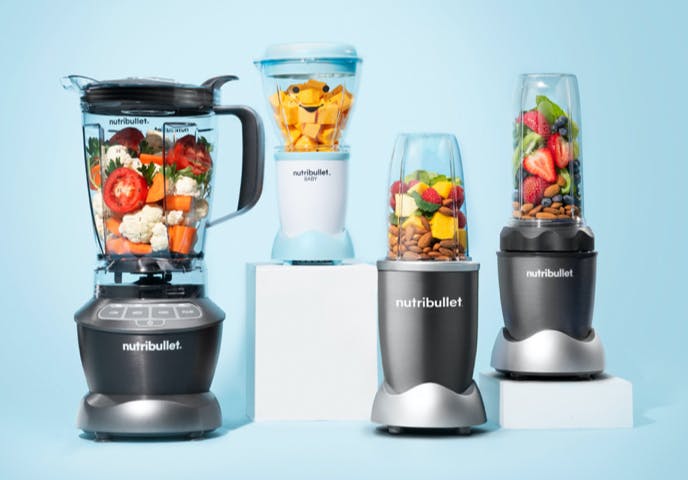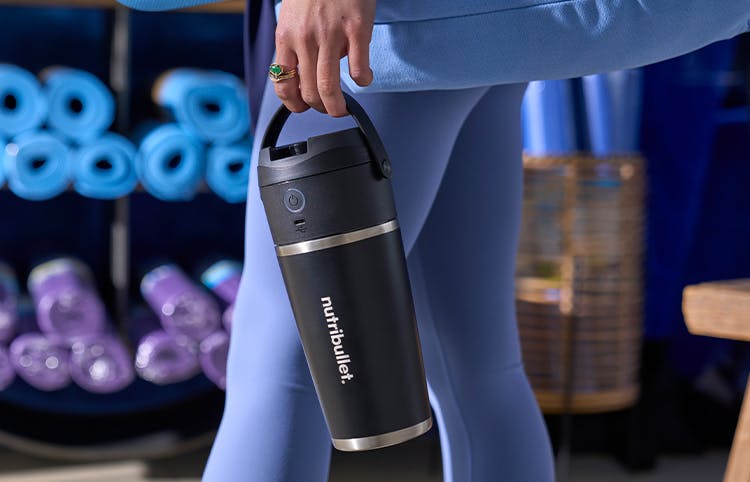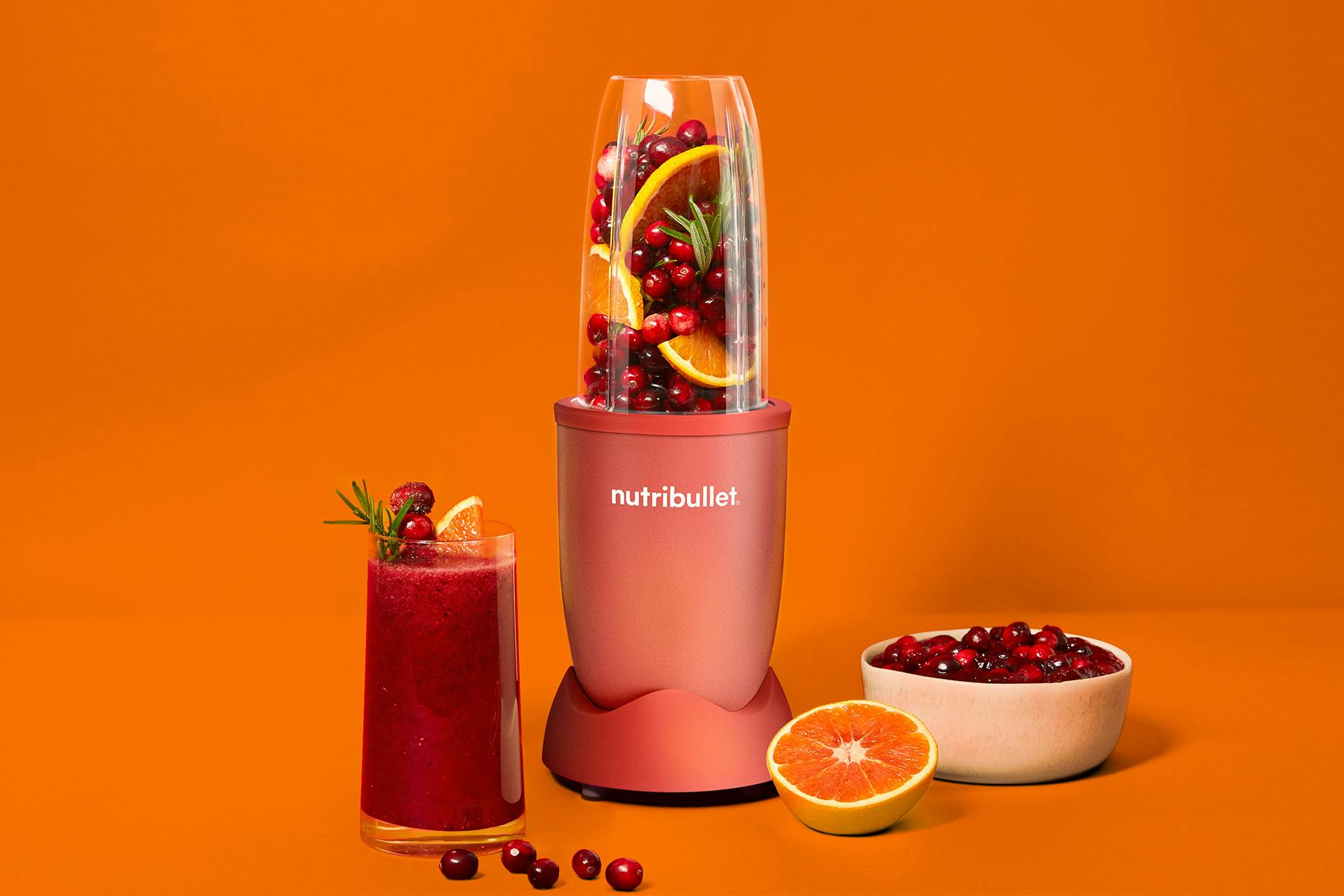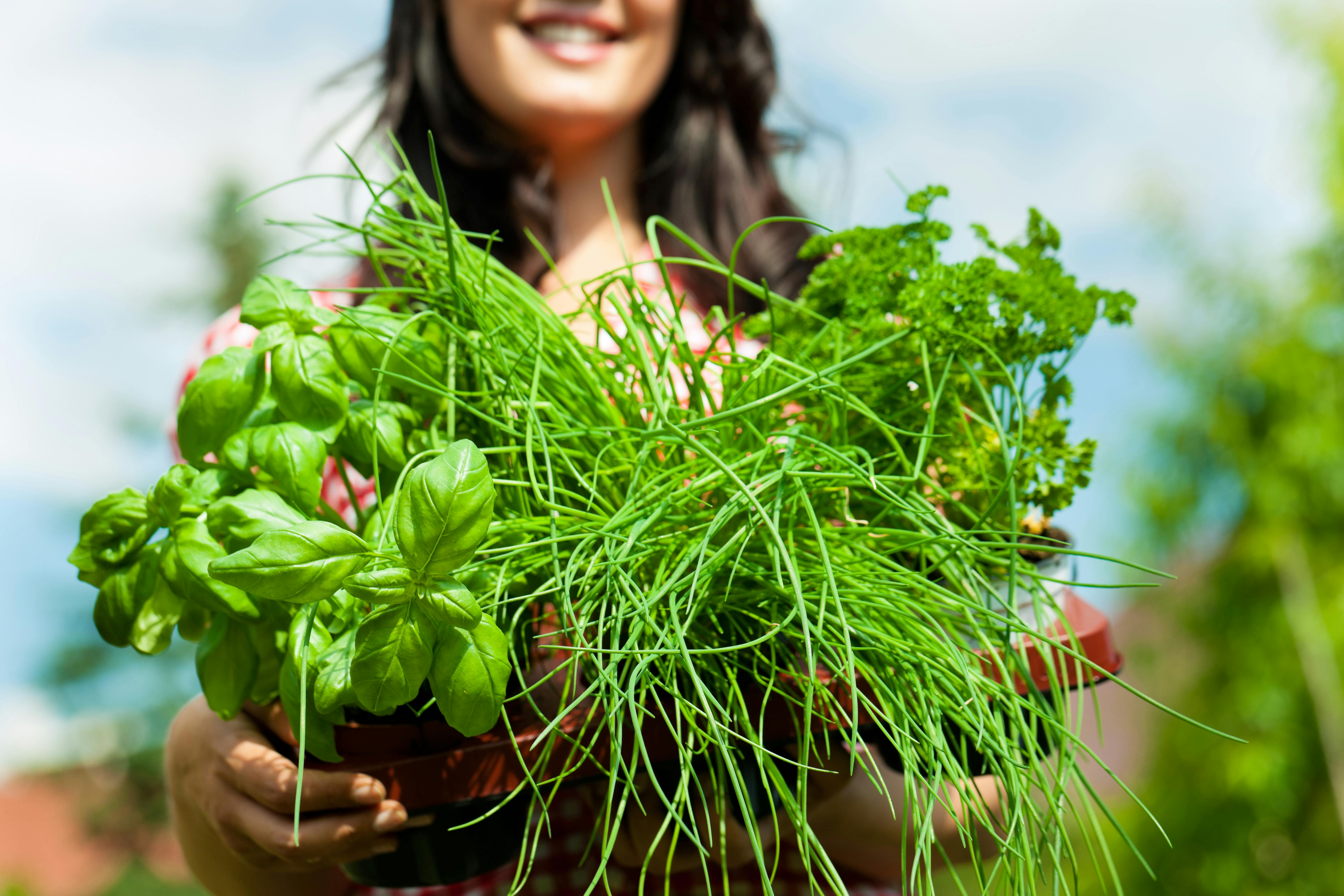There’s something to learn from cultural cuisines around the world, from the healthful fats included in the Mediterranean diet to the fresh ingredients found in authentic Mexican dishes. Even if you’re not planning an international trip anytime soon, you can bring these worldly healthy habits to your home kitchen. Here’s how.
Healthy Habits to Adopt from Around the World
- Mediterranean Diet. The Mediterranean pattern of eating is perhaps the most widely recognized and praised for its health benefits. The 2015-2020 Dietary Guidelines for Americans even gave specific recognition for this dietary pattern and its emphasis on health-promoting whole foods such as fruits, vegetables, whole grains, beans, fish and healthy fats, such as olive oil. Adherence to such a way of eating has been linked to lower blood pressure, a positive impact on HDL “good” cholesterol, improved triglyceride levels, reduced risk of developing type 2 diabetes, protection against cognitive decline, and a longer lifespan.
The bottom line? Don’t fear the (healthful) fat. In general, the diets of Mediterranean peoples contain a relatively high percentage of calories from fat – which gives food flavor and more appeal, in general. The catch? The majority of the fat is from unsaturated sources such as olives, olive oil, nuts, and seeds.
- Nordic Diet. The Mediterranean Diet’s close relative, the Nordic Diet is now trending. Highlighting the seasonal and local foods of Denmark, Finland, Iceland, Norway, and Sweden, Nordic foods include whole grains like rye, as well as berries, low-fat dairy, root vegetables, fatty fish, legumes, and canola oil. A major review by the World Health Organization found that both Mediterranean and Nordic diets reduced the risk of cancer, diabetes, and cardiovascular disease.
The bottom line? Like the Mediterranean Diet, the Nordic Diet emphasizes the importance of whole, minimally processed, made-from-scratch meals. On average, approximately a third of American’s daily calories come from foods prepared away from home, such as at restaurants. By slowing down (the Nordic region is the birthplace of the “hygge” trend after all!), cooking, and eating meals made with more intention and quality ingredients, we could be doing our bodies some good.
- Asian Diets. Relatively low in meat and dairy foods, soy has been consumed regularly in Asian populations for centuries. In Japan, for example—a country with low breast and prostate cancer rates and high life longevity—soy is included in the diet daily. While soy tends to get a bad rap here in the U.S., studies actually point out that moderate intake of whole food sources of soy may be helpful for cancer prevention.
The bottom line? As with most foods, moderation and whole food sources play important factors. If you consume processed soy products regularly, you may be getting a far greater amount of soy isoflavones than you would get in a moderate amount of whole soy foods, such as tofu or edamame. Opt for whole, minimally processed foods and aim to include a wide variety of them in your diet – from fruits and vegetables to plant fats and soy.
- Indian Cuisine. Ranked as a top nation when it comes to the percentage of the population who are vegetarians, India boasts some of the lowest rates of chronic diseases in the world. What’s more, India is also best known for its use of the widely popular spice, turmeric, which has recently exploded in the American market. A member of the ginger family, turmeric gets its characteristic yellow color and health benefits from curcumin, a naturally occurring phytochemical found in the spice. Studies have found that turmeric may protect against cancer, diabetes, heart disease, arthritis, gastrointestinal problems, and Alzheimer’s disease.
The bottom line? While meat and poultry are excellent sources of essential nutrients like protein, vitamin B12, and iron, it’s important to adopt a way of eating that leaves a lot of room for plant foods on your plate, such as fruits, veggies, whole grains, herbs, and spices. In fact, herbs and spices are powerful weapons in your pantry that not only punch up food’s appeal, but they can also boost your immune system to help your body fight disease.
- Mexican Cuisine. Noted for its abundance of legumes, such as black and pinto beans, in a variety of dishes – Americans should really take note. According to the Dietary Guidelines for Americans, legumes such as beans, lentils, peas, and edamame, are considered both a vegetable and a protein source as they are excellent sources of protein, iron, and zinc found in other protein sources while also providing fiber and nutrients, such as potassium and folate, found in other vegetables. Legumes have been shown to protect your heart, lower your risk for type 2 diabetes and cancer, keep you full, and improve your overall nutrient intake.
The bottom line? Aim to put legumes on your menu daily to reap the benefits of this superfood. Toss white beans into a smoothie, munch on some hummus and vegetables, or toss your favorite can of beans into the homemade soup.
While it may be unrealistic to shift our entire way of eating, we can incorporate small, actionable habits from our friends around the world. By embracing unsaturated fats, opting for some plant-based sources of protein, utilizing the flavor-enhancing power of herbs and spices, or simply taking time to slow down, cook at home, and truly savor meals –we’re off to a good start!
Try these 3 recipes that capitalize on the healthiest habits from around the world!
- Lean and Green Edamame Hummus – Enjoy whole soybeans, or edamame, in this flavorful protein and fiber-packed hummus. Great as a dip, as a sandwich spread, or used as a salad dressing alternative – the sky’s the limit!
- Orange Banana Immunity – Toss some anti-inflammatory turmeric into your morning smoothie to start your days on a bright note. You can also get creative with a variety of other herbs and spices in your smoothies – from sweet cinnamon to cooling mint to earthy nutmeg.
- Bring on the Fiber Black Bean Soup – Add belly-filling fiber (thank you, beans!) to your day with this satisfying soup. Aside from being rich in phytochemicals, on average, a ½ cup of beans provides 20 percent of your daily fiber needs and 10 percent of your daily protein needs.



















